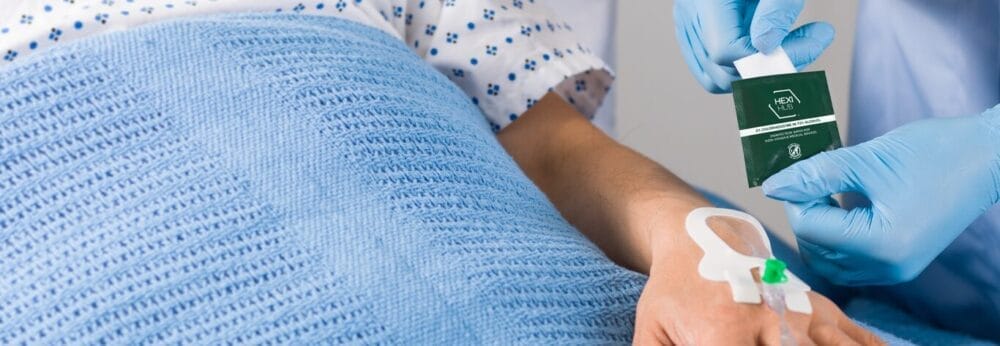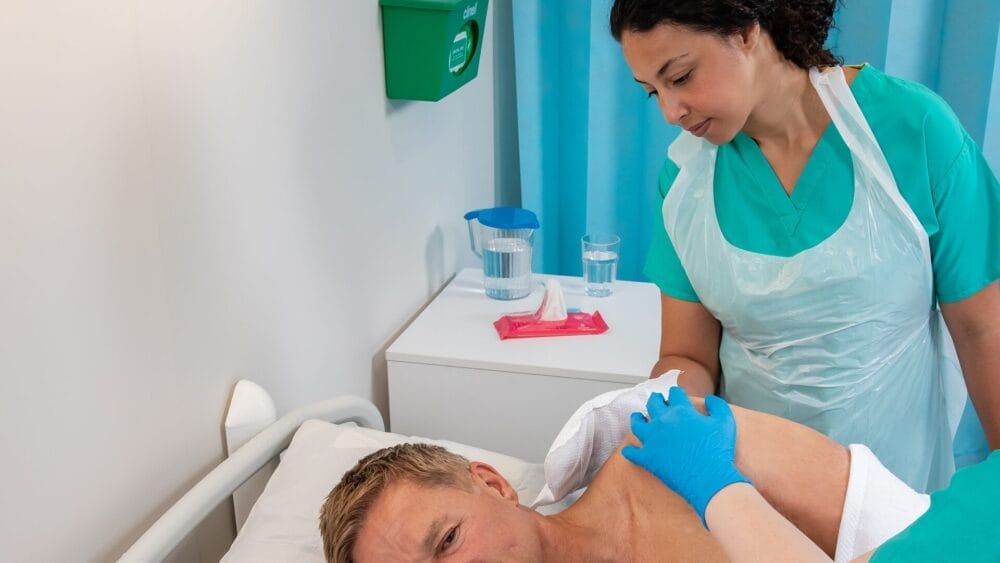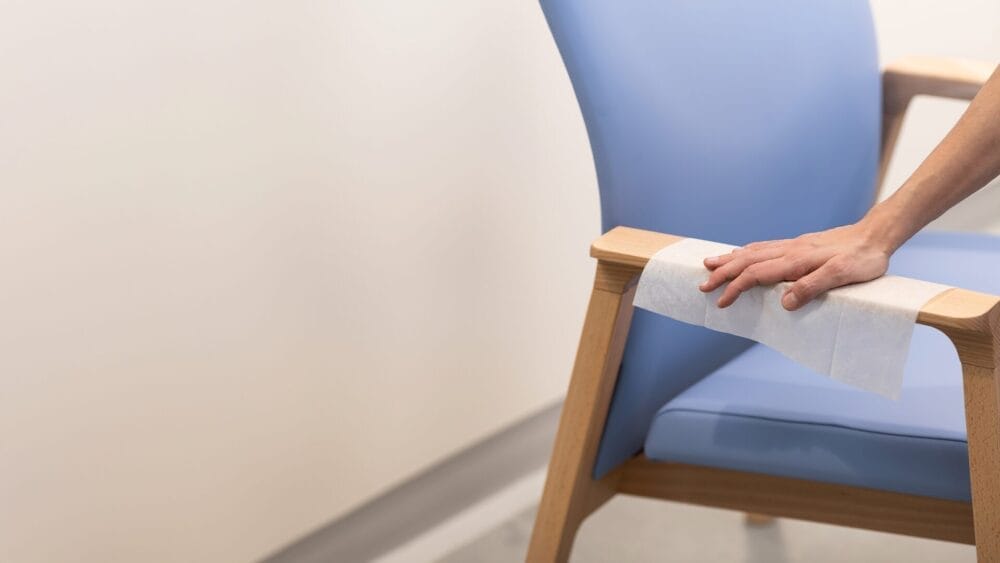Posted
17th July 2015
Research
A study from Australia (click here for article) has found biofilms pretty much everywhere on an Australian ICU. The research team cut out 44 surfaces from the ICU and identified biofilms on 41 (93%) of them. This finding will be surprising for some, since biofilms are traditionally associated with hard surface – liquid interfaces (teeth, ship hulls, implanted medical devices). But this is not the first report of biofilms on dry hospital surfaces (click here for article), so isn’t out of the blue.
The existence of biofilms on dry surfaces is perplexing. How do they develop in the first place? And how do they survive in the absence of an obvious nutrient or water source (aside from ambient humidity)? Perhaps the very action of cleaning provides some measure of nutrients – put another way, is our daily cleaning only serving to feed the biofilms?
Now that we know biofilms are there on dry surfaces, we need to make some changes to how we approach hospital cleaning and disinfection. Biofilms will not be removed by a cursory wipe with a detergent. We need to develop new agents and new approaches to tackle biofilms. GAMA is on the forefront of this new frontier having recently commenced a KTP partnership with Cardiff University (click here for article) to investigate new approaches to biofilm management. Watch this space for some solutions to the challenge of biofilms on dry hospital surfaces as they emerge!
SHARE THIS ARTICLE
Tags
Latest News
Embracing sustainability and cost savings: The journey of Clinell Indicator Notes to paper-based solutions
At GAMA Healthcare, we’ve always prided ourselves on being at…
Introducing HEXI HUB: A seamless transition in our product line
We’re pleased to announce an update to our product offering…
Innovative solutions for tackling Carbapenemase-producing Enterobacteriaceae (CPE) at King’s College Hospitals
King’s College Hospital NHS Foundation Trust, one of London’s largest…
Gloves Off: reducing unnecessary plastic waste during environmental cleaning and disinfection
In this blog, Dr Phil Norville discusses the momentum-gaining ‘Gloves…




